Why creative outlets like Art and Music improve emotional resilience
Life is full of challenges. From daily stress to major life events, we all face moments that test our ability to cope. Emotional resilience—the strength to adapt and recover from difficulties—plays a key role in how we navigate these struggles. While therapy, support networks, and healthy habits are well-known ways to build resilience, creative outlets such as art and music also offer powerful tools for emotional healing.
What Is Emotional Resilience?
Emotional resilience is the ability to manage stress, bounce back from setbacks, and adapt to change. It does not mean avoiding pain or hardship. Instead, it means finding ways to cope, grow, and move forward.oh
Resilience protects against mental health problems like depression and anxiety. According to the American Psychological Association, resilient people often show greater optimism, problem-solving skills, and emotional regulation【APA, 2022】.
Why Creativity Matters for Mental Health
Creativity is more than producing a painting or writing a song. It is about expression—finding ways to give shape to emotions, thoughts, and experiences. Art, music, writing, and other creative activities offer a safe outlet for emotions that may feel overwhelming or difficult to express with words.
A study published in the Journal of Positive Psychology found that engaging in small creative activities daily improved emotional well-being and resilience over time【Conner et al., 2016】. This shows that creativity is not just a hobby—it is a form of self-care.
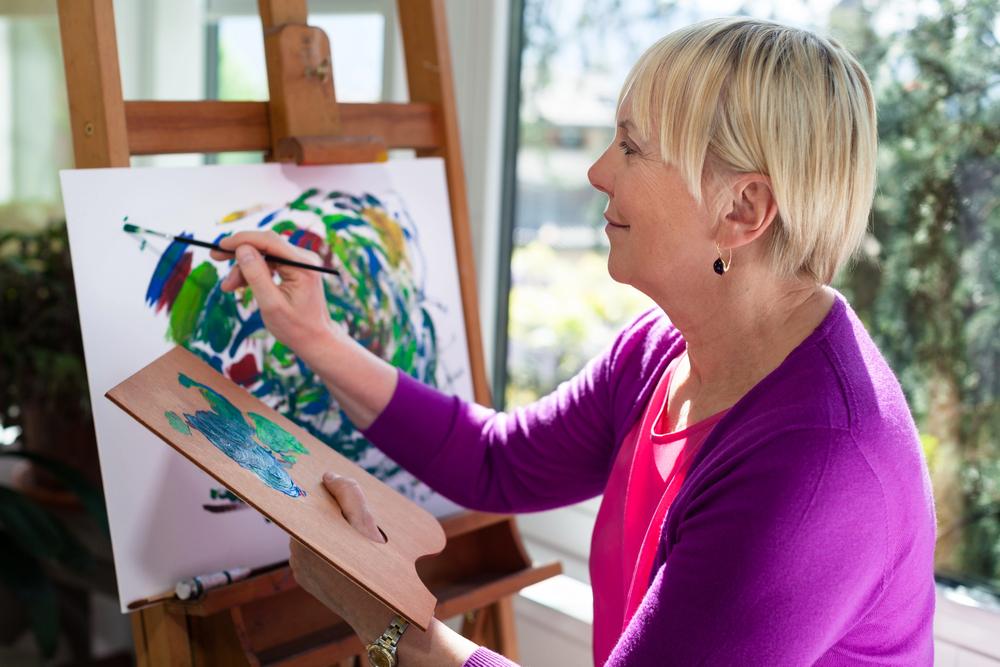
The Healing Power of Art
1. Expressing the Unspeakable
Art allows people to express feelings they cannot easily put into words. For trauma survivors, drawing or painting can communicate fear, grief, or hope in ways that talking cannot.
2. Reducing Stress
Creating art lowers cortisol levels, the body’s main stress hormone. A study at Drexel University found that 45 minutes of art-making significantly reduced stress in adults, regardless of artistic skill【Kaimal et al., 2016】.
3. Gaining Perspective
Art encourages reflection. Looking at a painting or sketch after finishing it can help people process their emotions and see their experiences from a new angle.
4. Building Confidence
Completing creative projects builds a sense of accomplishment, which strengthens self-esteem. This confidence helps people face future challenges with resilience.
The Restorative Power of Music
1. Regulating Emotions
Music directly affects the brain’s reward system, releasing dopamine and serotonin. Listening to calming or uplifting songs helps regulate mood and reduces anxiety.
2. Connecting with Others
Music creates bonds. Singing in choirs, playing in bands, or even attending concerts fosters social connection, which is vital for resilience. The World Health Organisation highlights that group music activities improve both social support and emotional well-being【WHO, 2019】.
3. Supporting Trauma Recovery
For people with PTSD, music therapy has been shown to reduce intrusive thoughts and improve relaxation. A meta-analysis published in Frontiers in Psychology found that music interventions significantly reduced symptoms of depression and anxiety across diverse groups【Leubner & Hinterberger, 2017】.
4. Encouraging Mindfulness
Playing an instrument or focusing on lyrics requires attention to the present moment. This mindful engagement reduces rumination and stress.
Creative Outlets for Children and Teens
Children and teens often struggle to express emotions verbally. Art and music provide safe, constructive ways for them to cope with stress, bullying, or family changes.
- According to the National Endowment for the Arts, children who participate in creative activities show better emotional regulation and resilience【NEA, 2019】
- Music education has been linked to improved memory, confidence, and emotional intelligence in adolescents
Early introduction to creativity helps young people develop lifelong coping strategies.
Why Creativity Builds Resilience
1. Encourages Problem-Solving
Art and music often involve experimentation and mistakes. Learning to adapt during the creative process mirrors the skills needed to adapt in life.
2. Provides Emotional Release
Bottled-up emotions can fuel stress and anxiety. Creative expression acts as a pressure valve, preventing emotional overload.
3. Strengthens Identity
Creating art or music reinforces personal identity. This sense of self becomes an anchor during life’s storms, helping people feel grounded.
4. Promotes Flow
Creative activities often lead to a state of “flow”—a deep focus that makes time seem to disappear. Flow reduces stress and increases satisfaction, both of which support resilience.
Making Creativity Part of Daily Life
You do not need to be a professional artist or musician to benefit from creativity. Small, consistent practices can make a big difference:
- Keep a sketchbook or journal for doodles and reflections
- Listen to music that matches or lifts your mood
- Join a community choir or art class for connection
- Try mindful colouring or craft projects for relaxation
- Write simple poems or songs to express emotions
The goal is not perfection but expression. Creativity is about the process, not the product.
The Role of Art and Music Therapy
For those struggling with trauma, grief, or chronic stress, professional art and music therapy can provide structured support. Therapists guide individuals through creative exercises designed to process emotions safely.
According to the American Art Therapy Association, art therapy helps reduce symptoms of PTSD, depression, and anxiety while improving emotional resilience【AATA, 2020】. Similarly, music therapy is widely used in hospitals, schools, and mental health centres to support recovery and well-being.
A Holistic Approach to Mental Health
Creative outlets are not a replacement for traditional mental health care, but they complement therapy, medication, and support networks. Together, they create a holistic approach that strengthens both mind and spirit.
As the challenges of modern life grow—whether due to work stress, global crises, or personal struggles—creative practices give people tools to adapt, heal, and grow stronger.
Conclusion
Emotional resilience is essential for facing life’s challenges, and creative outlets like art and music provide powerful ways to build it. By offering emotional release, connection, and mindfulness, creativity helps people process pain and discover strength.
Whether through painting, journaling, singing, or playing an instrument, creative expression turns struggle into meaning. It reminds us that resilience is not about avoiding hardship—it is about transforming it into growth.
Art and music do more than heal—they empower us to face life with hope, courage, and creativity.
![[AD] We went to the newly opened Cha Sha Kingston a couple of weeks ago, and wow — taste bud adventure unlocked! The boys devoured the masala fries and chicken tikka rolls, while we couldn’t get enough of that epic kebab butter curry 😍🍛.
It’s amazing value for food this tasty (and everyone left happy and VERY full!).
Delicious food, vibrant vibes and incredible value — the perfect combo for your next meal.
📍Cha Sha Kingston
43 Surbiton Road, KT1 2HG
🌐 chasha.co.uk
Other Cha Sha locations in Birmingham, Ilford, Southampton and Wembkey
#ChaSha #ChaShaKingston #KingstonEats #FoodieFinds #UKFoodie #FoodReview #KingstonUponThames #FamilyEats #FamilyDining #FoodieKids](https://suburban-mum.com/wp-content/uploads/2016/02/574770541_18560351146016840_6855048070839528040_n-180x320.jpg)

![[AD] We’re a cricket-mad family, so we’re buzzing that @thehundred is back this August! 🏏🔥
To get ready, M tried out the official FREE Activity Pack — and it’s brilliant! 🙌
Packed with fun games, creative challenges and sporty tasks, it’s perfect for getting kids hyped whether you’re at home or on the go.
👉Download yours now (link in bio)
@londonspirit @ovalinvincibles #EveryMomentCounts #TheHundred
#EnglandCricket #CricketFamily #TheHundredCricket #LondonBloggers #Cricket #CricketIsLife #kidsfun](https://suburban-mum.com/wp-content/uploads/2022/11/505472555_18531279601016840_7092520074819907569_n-180x320.jpg)

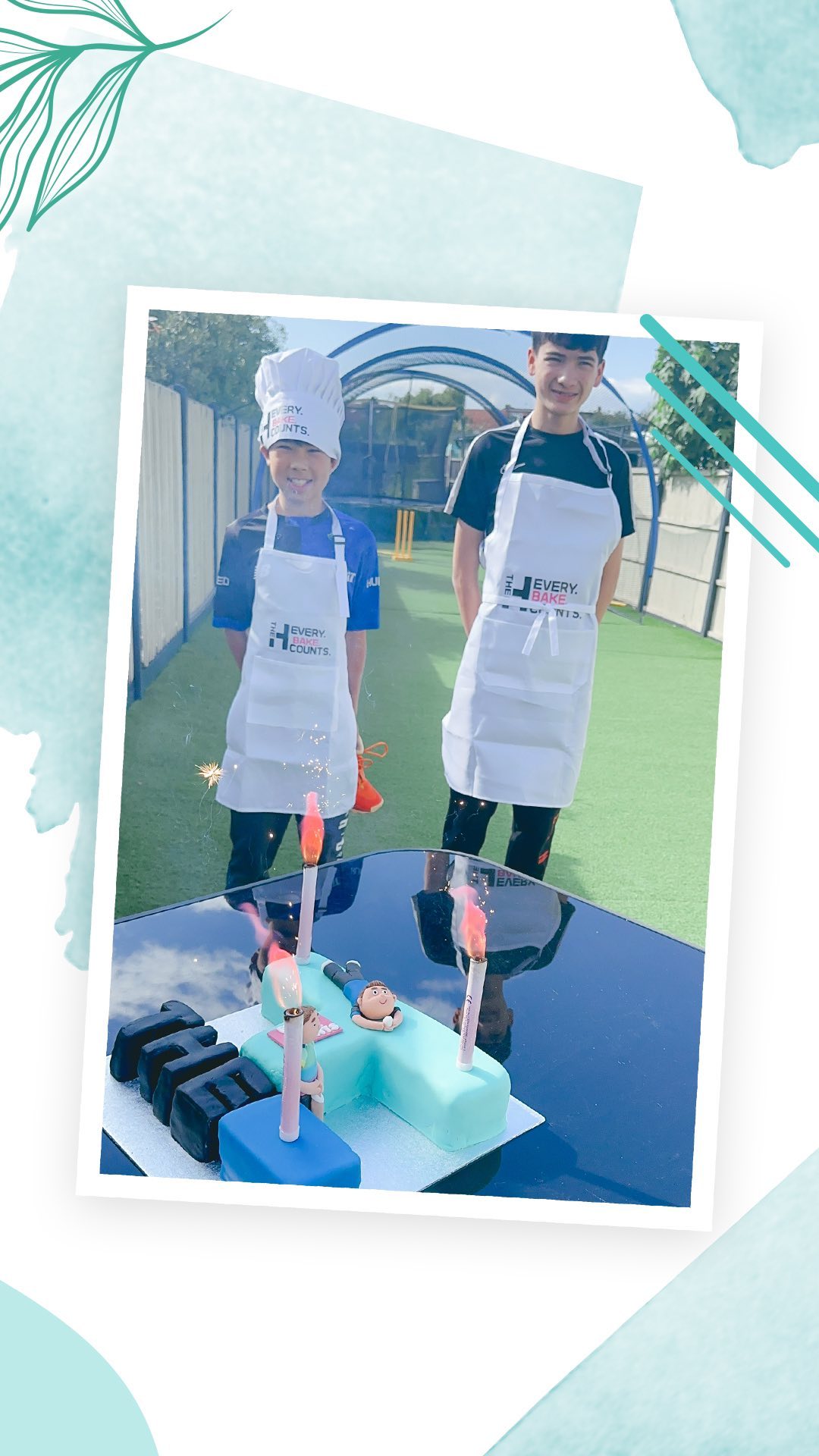
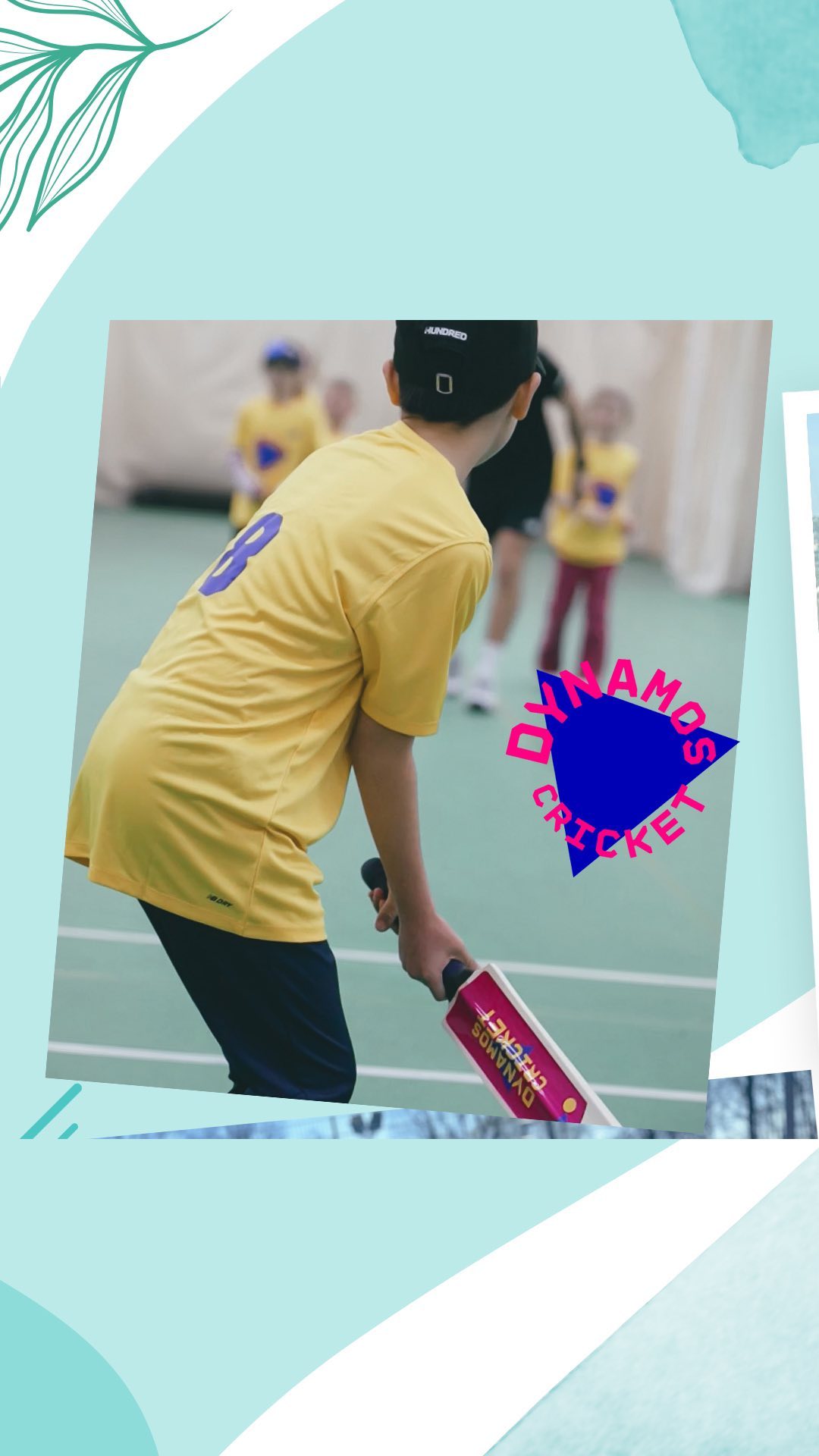
![[AD - Press visit]
We enjoyed the glorious sunshine this weekend with a trip to Brighton. We went on the @brightoni360official which is right by the sea front.
The i360 pod take a slow journey up, allowing you to take in views across Brighton and the South Downs 450ft above ground. There’s a bar inside with drinks and snacks available to purchase and the experience lasts 25 minutes.
Afterwards, we headed to the open air roller rink for a roller skating session!
The roller rink is:
⭐ Suitable for over 5s
⭐ £6.50 if you have your own skates or £9.50 if you need to hire them
⭐ 45 minutes per session
Full details to visit the i360 + skating
📍 Brighton i360, Lower Kings Road, Brighton BN1 2LN
🚗 Parking nearby (we parked in the Regency Square Car park)
🎟️ Prices start from £25.40 for an adult and £16.90 for a child
🕐 Opening hours are currently Sun-Fri 10.30am-18.30pm and until 19.30pm on Saturdays
☕️ Bar inside the i360, cafe and gift shop
Book tickets here:
https://tickets.brightoni360.co.uk/tickets/?_ga=2.195305772.1869001490.1689671753-1757164059.1689671753/#events?eventid=157](https://suburban-mum.com/wp-content/uploads/2015/04/417980235_313576471048632_3682382982231216432_n.jpg)

![[AD] ***Summer of fun at Barracudas Activity Camps!****
There is plenty for kids to do at @barracudas_activity_day_camps
From Tennis, Archery, Swimming, Motor Sports and more you can be sure that there will be something for kids aged 4.5-14. ⚽🏈🥅🎾🏓🏎️🏹🏊♂️🏉
You can book on a day by day basis - so it can fit in with any other days out/activities you have planned and there are early drop off and late pickup options available. Barracudas are also Ofsted registered so you can use your Childcare Vouchers too.
⭐⭐⭐Get £20 off a week or £4 off a day using my discount code: MARIA20⭐⭐⭐
#BarracudasActivityDayCamp #BarracudasActivityCamp #BarracudaAmbassadors #SummerHolidays #SchoolHolidays #Summer2023 #SummerCamp #DayCare #Camp #KidsCamp #surreymummy #surreymums #SummerOfFun #ActivityCamps #HolidayCamps #Childcare #SchoolHolidays #schoolholidaycamps](https://suburban-mum.com/wp-content/uploads/2024/07/353583570_625625966167953_545896259645102575_n.jpg)
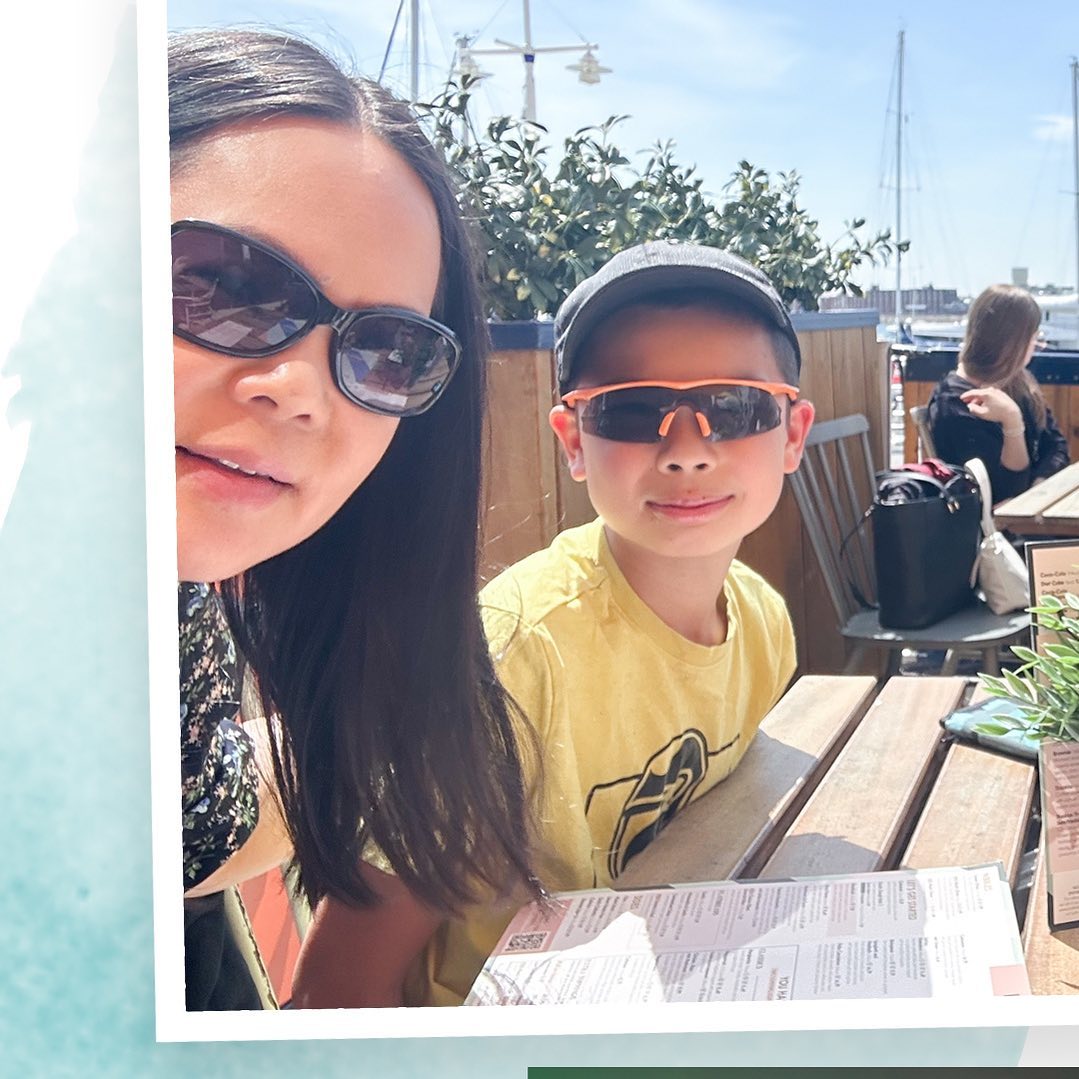
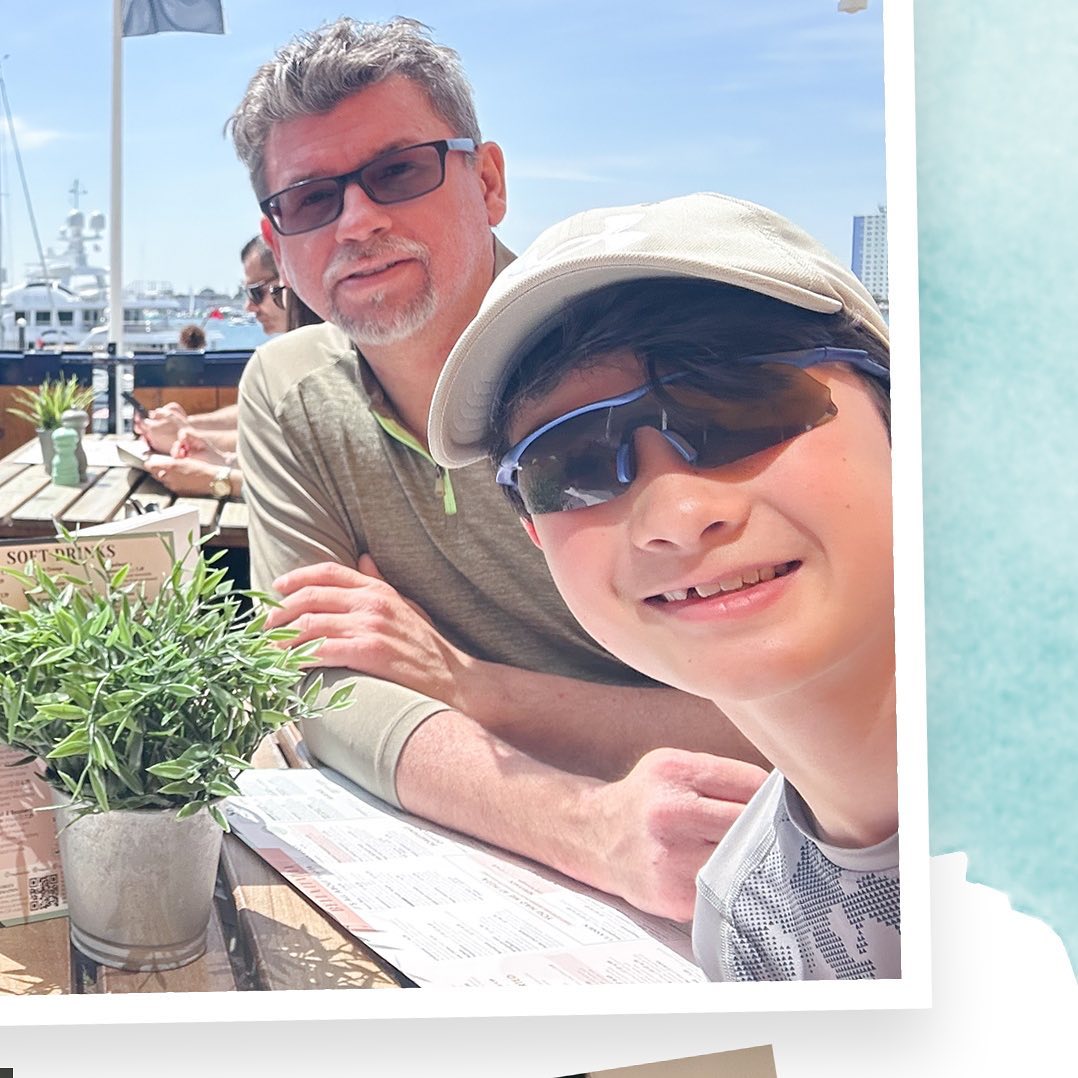
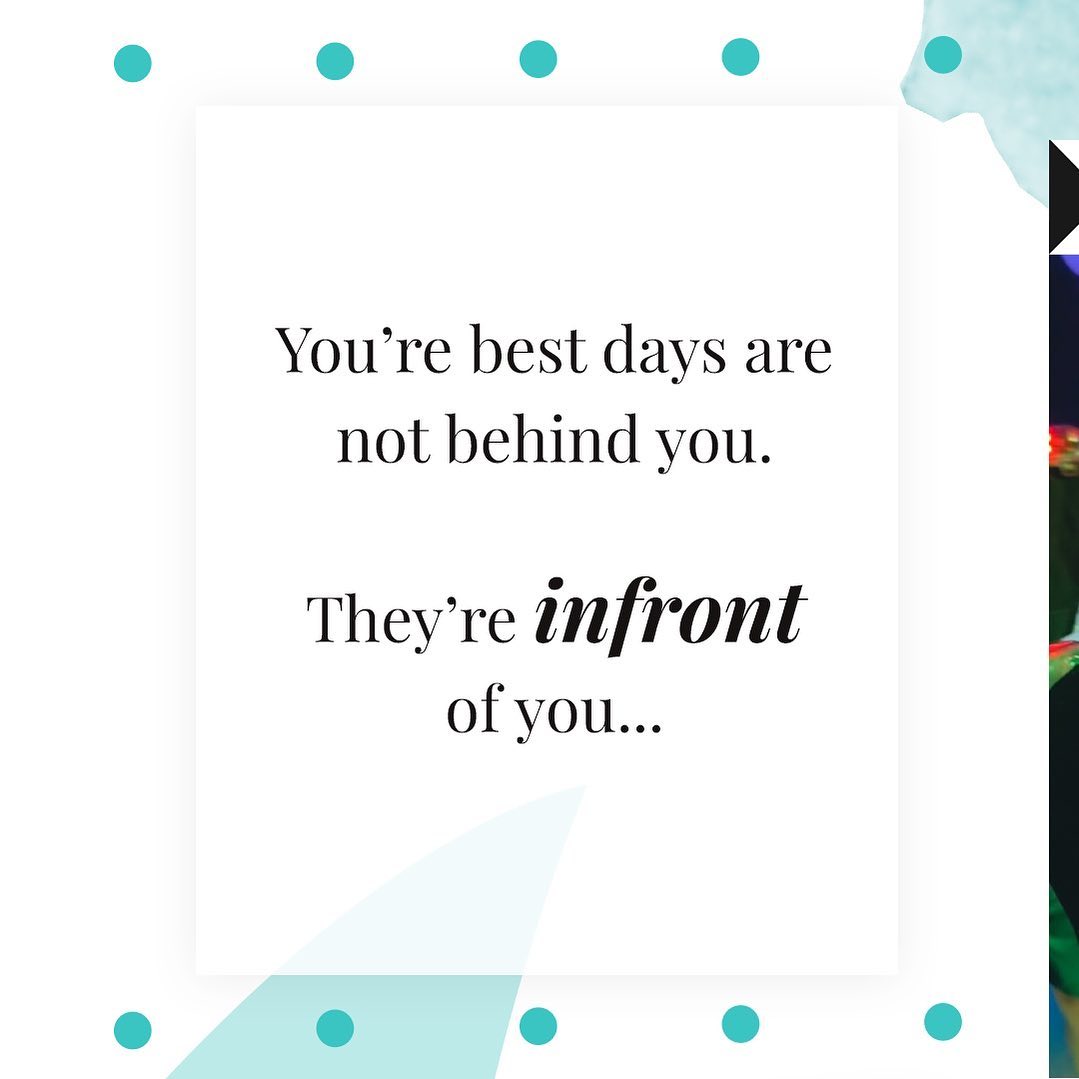
![[AD] We have some super exciting news...we have been chosen to be Laser Quest Ambassadors, and the boys are over the moon!
We are really lucky that our local Laser Quest (@laserquestkingston) is just around the corner from us. It means we can pop in of a weekend or anytime during the school holidays, and with summer just around the corner, I know Laser Quest will be one of our go-to places for some family fun.
As well as games of Laser Quest, there are also VR experiences and arcade amusements too. To find out a bit more about how Laser Quest works, you can read my blog post: https://www.suburban-mum.com/laser-quest-kingston/ (clickable link in bio)
Don't forget to keep an eye out for our Laser Quest posts - I'm going to be giving away two family passes to use at Laserquest Kingston!
If you can't wait and want to head down to Laser Quest to try it out, use the code SUMMER30 for 30% off your booking. The code is valid from now until the end of August 2023 and can be used on Laser Quest games and birthday party bookings.
#LaserquestAmbassador #Laserquest #LaserquestKingston #ActivitiesForKids #FamilyFun #DaysOutWithKids #Lasertag #LaserquestVR #Kingston #ThingsToDoInKingston #SurreyFamilyDaysOut #ThingsToDoWithKids #RainyDayFun #SurreyMummy #SurreyLife #LifeWithKids #LifeWithBoys #familyfunday](https://suburban-mum.com/wp-content/uploads/2015/04/353230107_797358078406942_2405522556733455165_n.jpg)
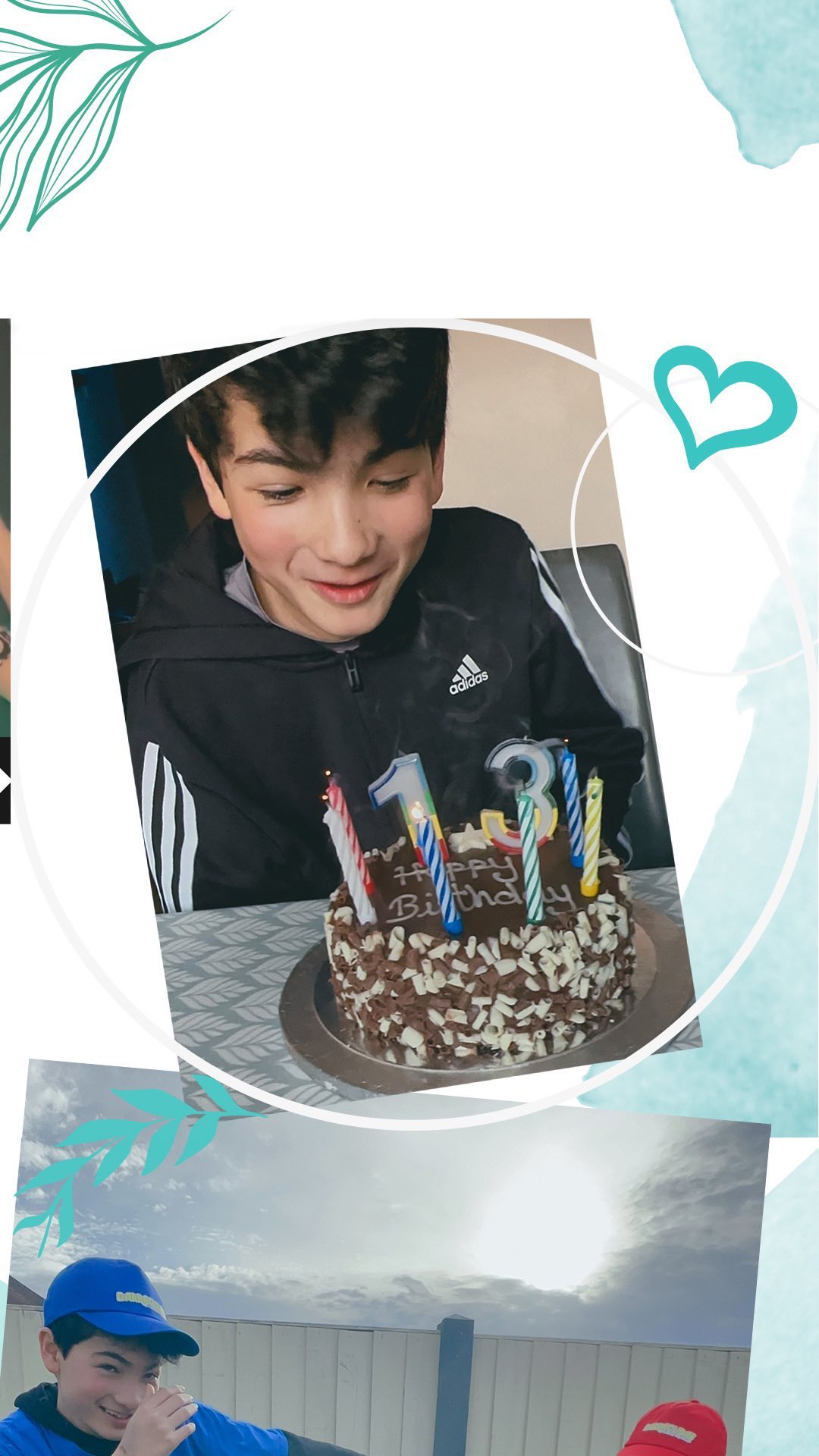
![[AD] The sun has finally made an appearance and the boys have been making the most of it by spending it
in the garden.
They’re go-to is always football and they’ve been trying to improve their aim and accuracy with the new Messi Foldable Footlball goal from the #MessiTrainingSystem range.
I love the fact the goal is foldable, making it easy to store away when not in use. It is also lightweight so you can effortlessly pack it up and take it to the park or to a friend’s house.
The Messi Foldable Football Goal retails at £36 and can be purchased from @argos
You can read my full review here: https://www.suburban-mum.com/messi-foldable-football-goal/
#TrainLikeMessi #FoldableFootballGoal #FootballSkills #OutdoorFun #LionelMessi #LeoMessi #FootballAtHome #OutdoorKids #JustGetOutside #OutdoorsAndFree #ScreenFreeKids #WhateverTheWeatherKids @flair_gp](https://suburban-mum.com/wp-content/uploads/2015/04/341194882_615024710178056_41977149395989448_n.jpg)

![[AD] We are absolutely thrilled to announce that we are Barracuda Ambassadors again this year.
With Easter just around the corner, the boys were sent the @barracudas_activity_day_camps new camp kit in preparation for the school holidays.
There’s a wide range of activities for kids aged 4.5 - 14 including Tennis, Archery, Basketball, Arts & Crafts and more.
If you like the sound of Barracudas, find out more over on their website. You can also save £20 a week or £4 a day, using my discount code: MARIA20](https://suburban-mum.com/wp-content/uploads/2024/07/336812306_765234558514317_685553691647241974_n.jpg)
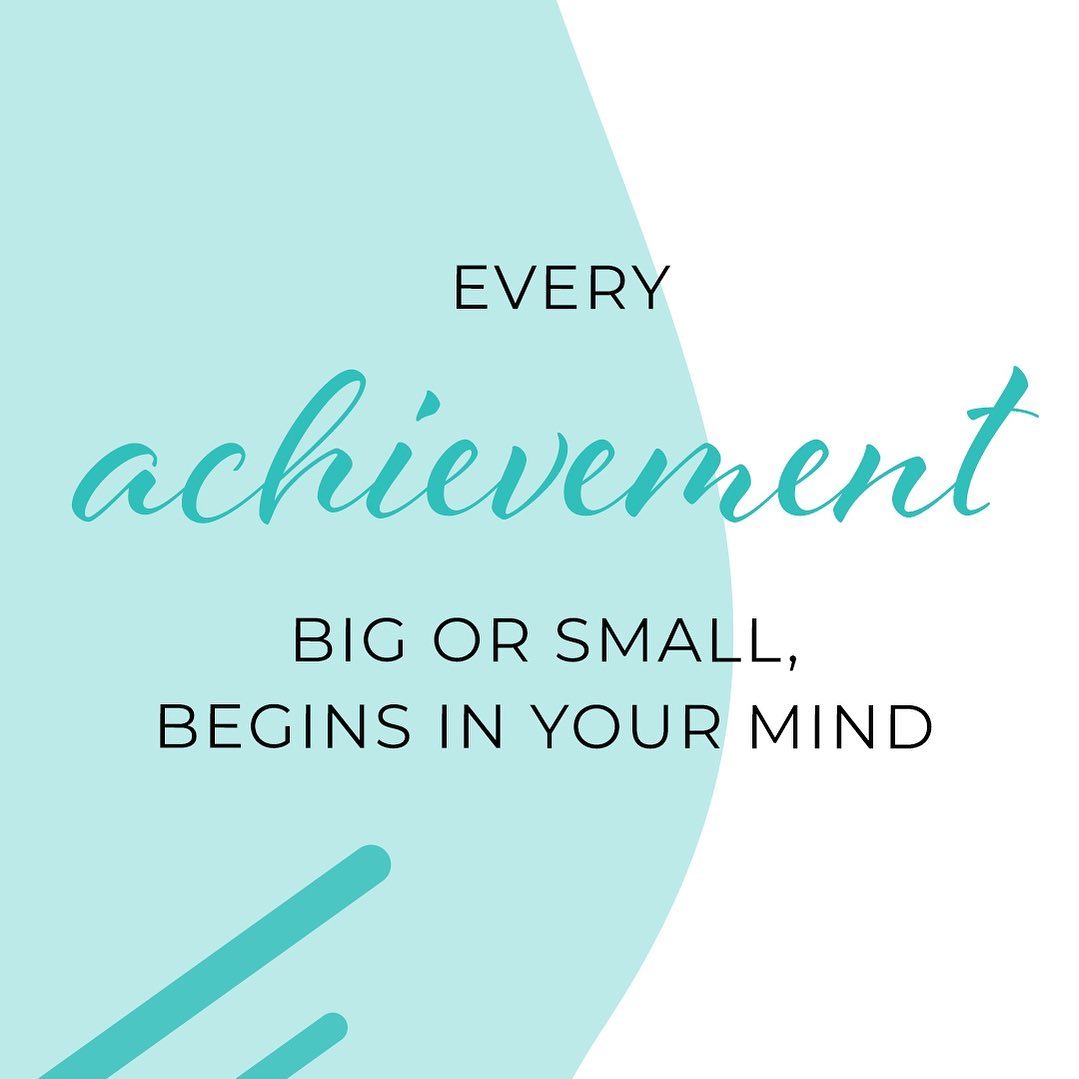
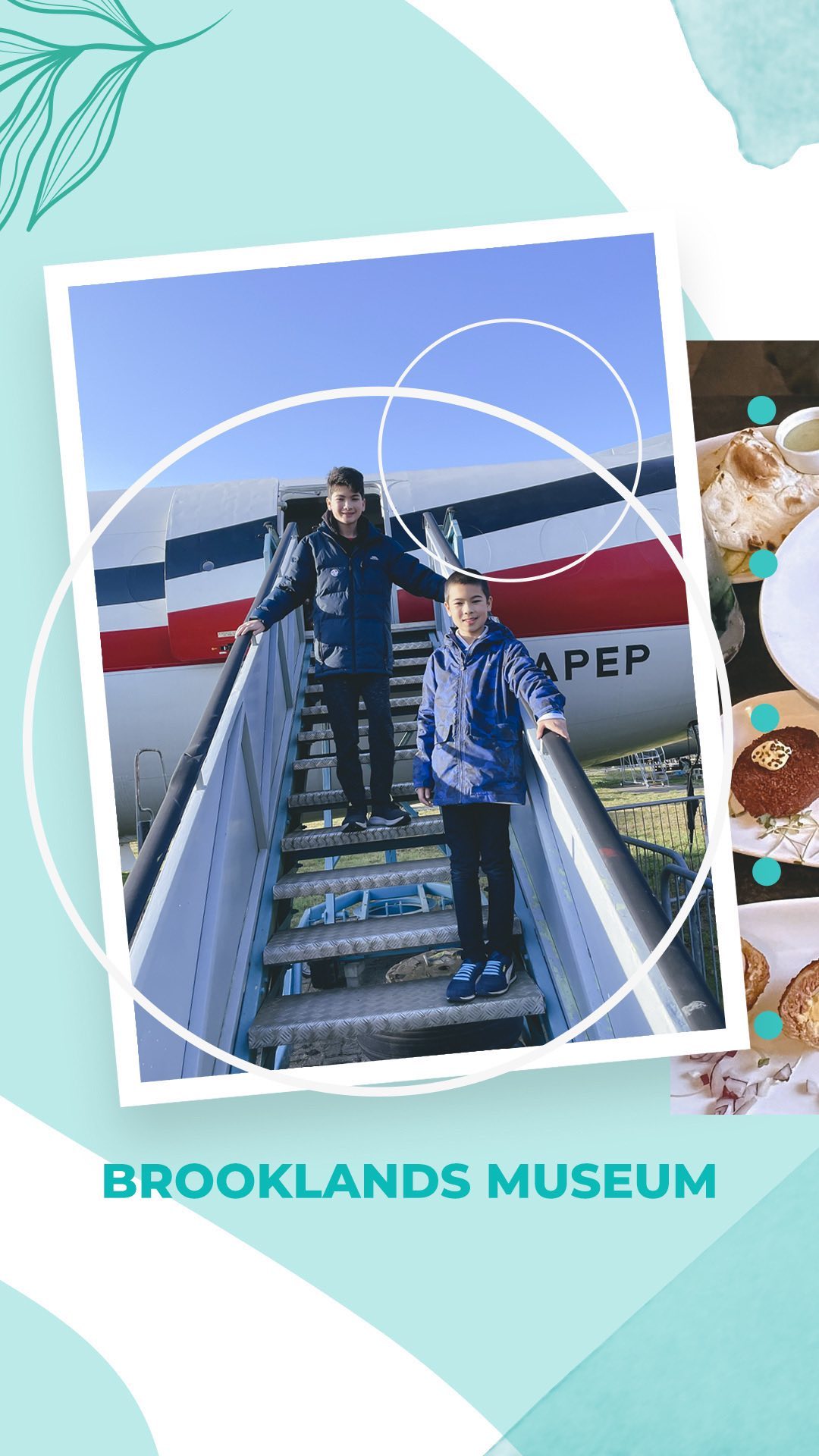
![[AD - Gifted]
Last weekend we were invited to try out @tsarettaspice’s new Bottomless Brunch menu and I can tell you it was thumbs up all round!
There’s a good choice tapas on offer from Punjabi fish fingers, Indo Chinese Chicken to Spiced Lamb Scotch Eggs and Manchurian Cauliflower (which was amazing!)
If you’re local to Twickenham and fancy giving them a try here’s are the details.
Tsaretta Spice Bottomless Brunch
⭐️£37.50 per head for bottomless Prosecco or cocktail of the day
⭐️£55 per head for bottomless Champagne
⭐️ Food included: 4 tapas selections and dessert or 2 tapas selections, a pav or naanwich and dessert
⭐️ Non-alcohol brunch is also available
Tsaretta Spice
55 Church Street
Twickenham
TW1 3NR
You can also read our full review over on the blog (link in bio)](https://suburban-mum.com/wp-content/uploads/2024/07/334565436_5960402314015030_663031098700829518_n.jpg)



